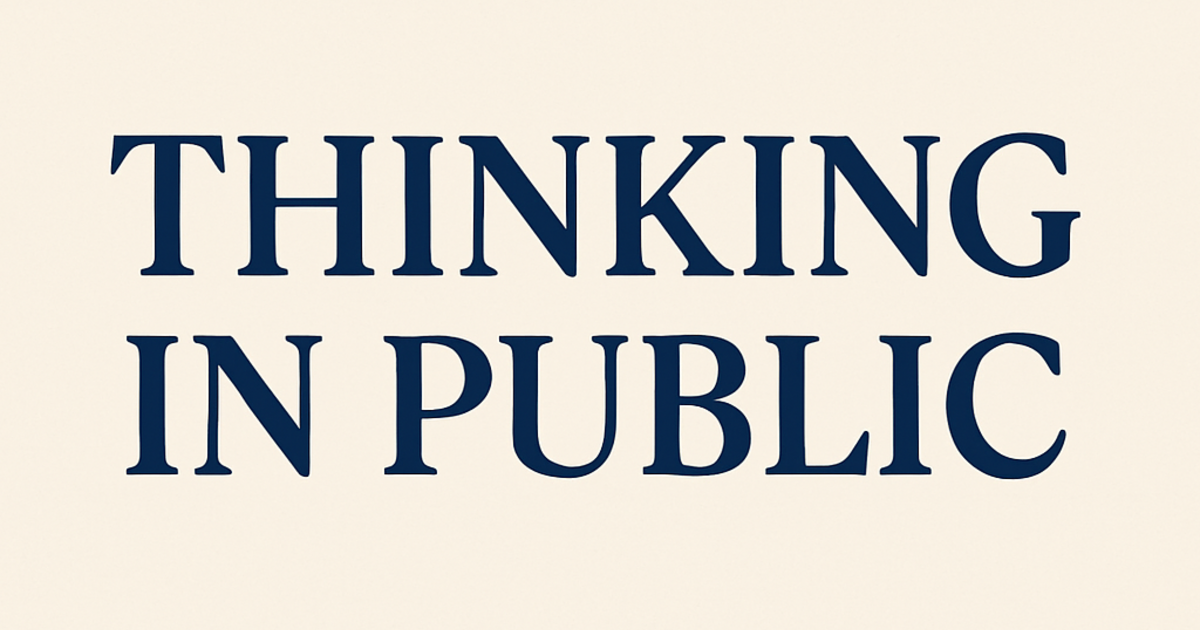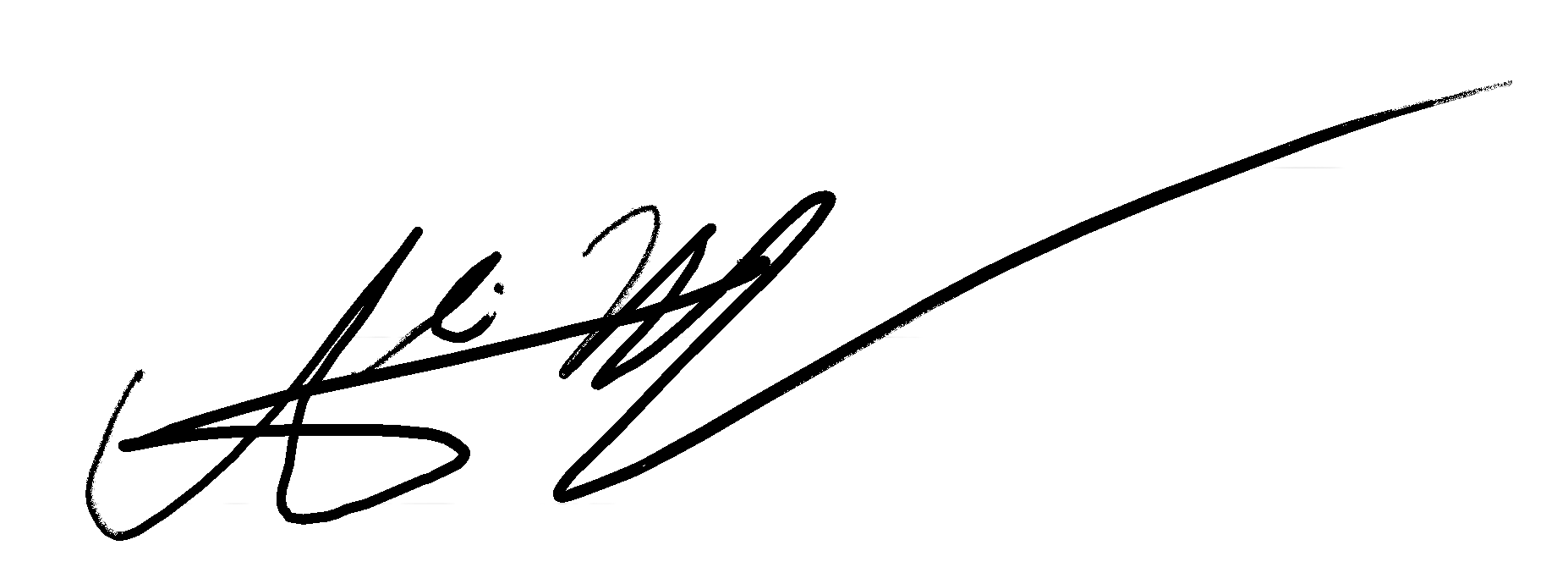Change your frame = change your world
Why most people aren’t wrong — they’re just asking the wrong questions

This past week I watched three different arguments — in medicine, in startups, and in politics — all fall apart for the same reason.
Not because people were wrong.
But because they were using different frames.
And once you understand how frames work, you’ll start seeing why so many debates, decisions, and dreams derail— not from bad thinking, but from misalignment at the root.
They’re not even seeing the same problem.
They’re using different frames.
And when your frame is different, your conclusions can be completely opposite — even if you’re both technically right.
This is why smart people argue endlessly about politics, money, business, healthcare, education — and walk away thinking the other person just “doesn’t get it.”
But the real problem isn’t disagreement.
It’s misalignment at the foundational level.
If you don’t start with the same frame, you’ll never end up at the same conclusion.
What Is a Frame?
A frame is the invisible question behind what you see.
It’s the mental window you look through before you even start thinking.
It shapes what you notice, what you value, and what you believe is at stake.
For example:
- If you frame wealth as exploitation, rich people seem suspicious.
- If you frame wealth as value creation, rich people seem admirable.
- If you frame healthcare as a right, profit looks evil.
- If you frame healthcare as a service, profit looks necessary.
- If you frame success as competition, other people are rivals.
- If you frame success as contribution, other people are collaborators.
Same facts. Different questions.
Different questions, different conclusions.
Why Frames Matter More Than Facts
You can’t win a debate by throwing facts at someone who’s using a different frame.
They’re not rejecting your evidence — they’re interpreting it through a lens you’re not even aware of.
If someone believes the world is zero-sum, your story of entrepreneurship looks like exploitation.
If someone believes ambition is ego, your desire to build looks like narcissism.
If someone believes capitalism is corrupt, your startup pitch sounds like a scam.
And they’re not always wrong.
Because from within their frame, their logic is perfectly sound.
You’re not having a disagreement —
You’re in different conversations entirely.
You Can’t Think Clearly Without Frames
The mistake isn’t using frames.
You can’t not use one.
Every thought has a context.
Every judgment is relative to something else.
The mistake is not knowing which frame you’re using, or assuming yours is the only one.
Most people never examine their frame.
They inherit it from their parents, culture, religion, or environment.
They confuse it with truth.
But frames are not facts.
They are tools.
And the best thinkers — and the best builders — know how to shift frames deliberately, to unlock insight, empathy, and innovation.
Examples of Frame Shifts That Change Everything
- From identity to behavior“I’m not a failure.” → “That was a failed attempt.”
(Liberates people from shame.) - From guilt to design“Why do nurses burn out?” → “What system is designed to burn them out?”
(Opens the door to real solutions.) - From opposition to alignment“How do I beat the competition?” → “How do I create so much value they can’t ignore me?”
(Creates abundance.) - From charity to empowerment“How do we help the poor?” → “How do we redesign systems so fewer people become poor in the first place?”
(Reframes the entire mission.) - From limitation to leverage“How can I help people directly?” → “How can I build something that helps people at scale?”
(Turns personal passion into infrastructure.)
The questions we ask determine the possibilities we see.
How to Shift a Frame
- Name the frame you’re in.
What assumptions are you making? What’s the hidden question underneath? - Flip the axis.
What happens if you assume the opposite is true? If you reverse the problem? - Try a different lens.
Look at it like an investor. Then like a patient. Then like a teacher. Then like a skeptic. - Zoom out.
What’s the bigger pattern? Is this a local issue or a global one? A one-time event or a recurring system? - Zoom in.
Where does the friction actually start? What micro-decision is breaking everything downstream?
Shifting your frame isn’t about “both-sides-ing” everything.
It’s about expanding your thinking so you can act with more clarity — and often, more compassion.
Final Thought
I’m writing this because it’s a lesson I keep relearning — in the clinic, in business, even in my own head.
The smartest thing you can do this week might not be to gather more information…
It might be to ask:
What frame am I in?
And then:
What frame are they in?
Because the moment you can shift the frame, you stop spinning your wheels — and start moving forward.
